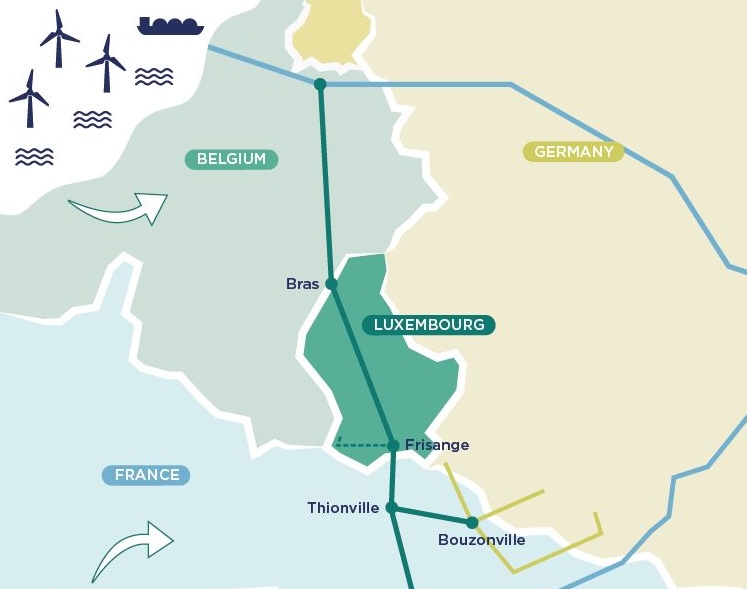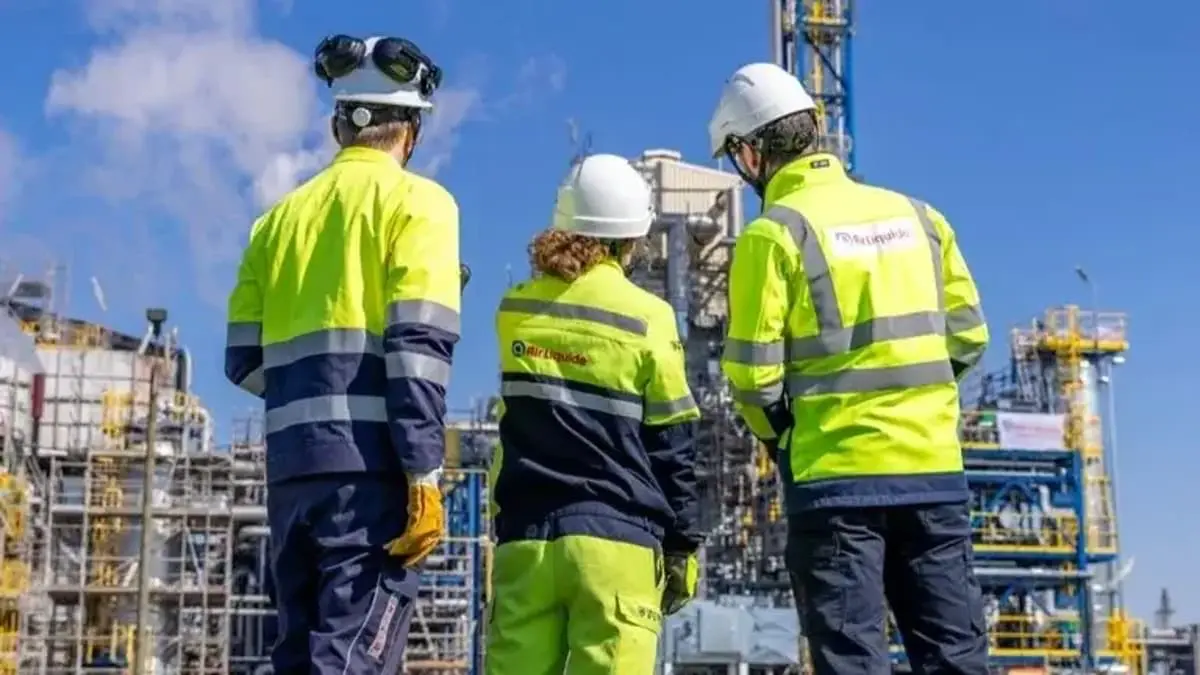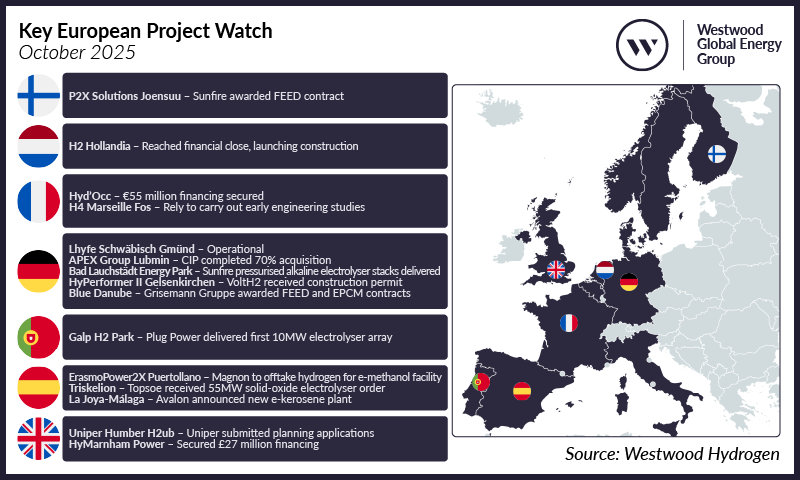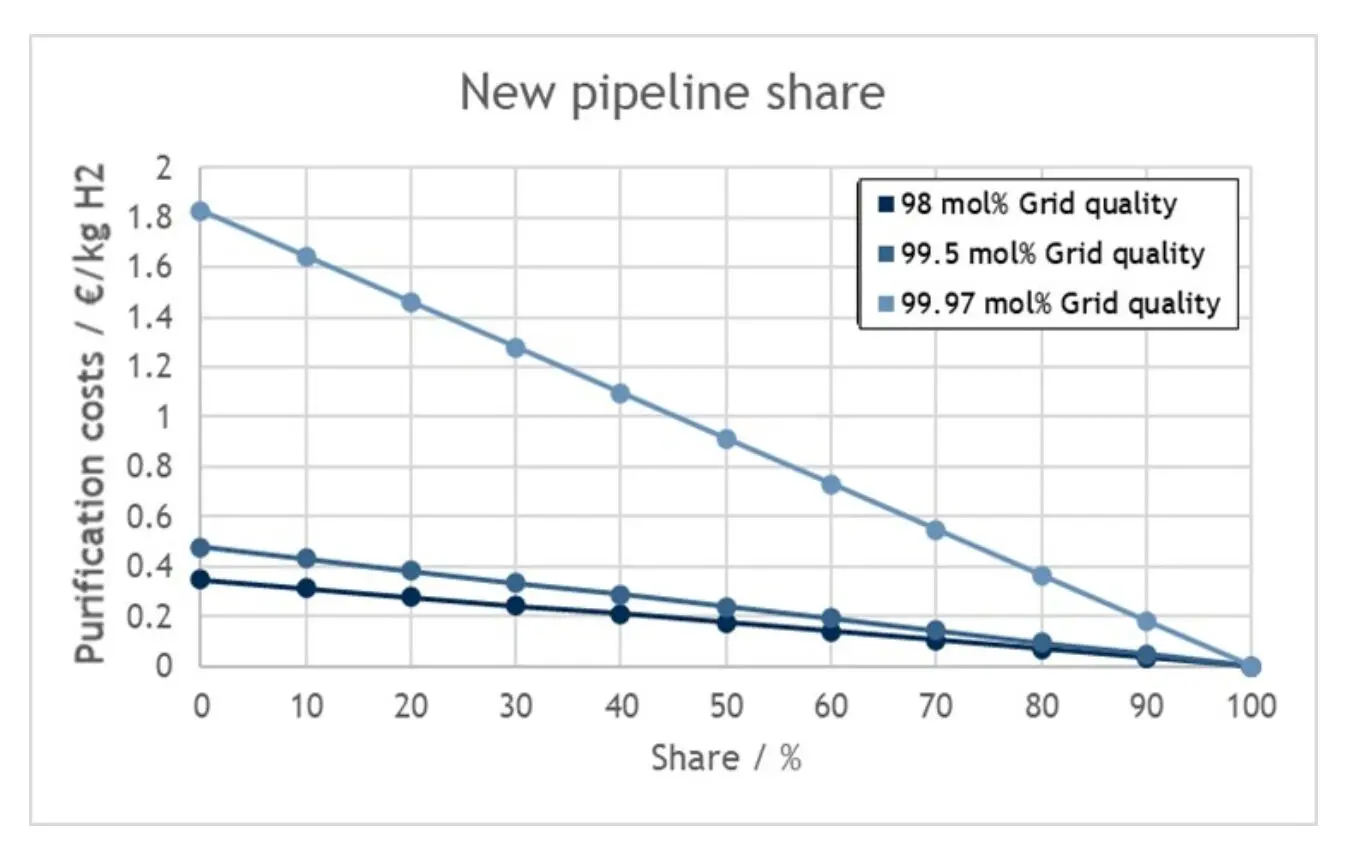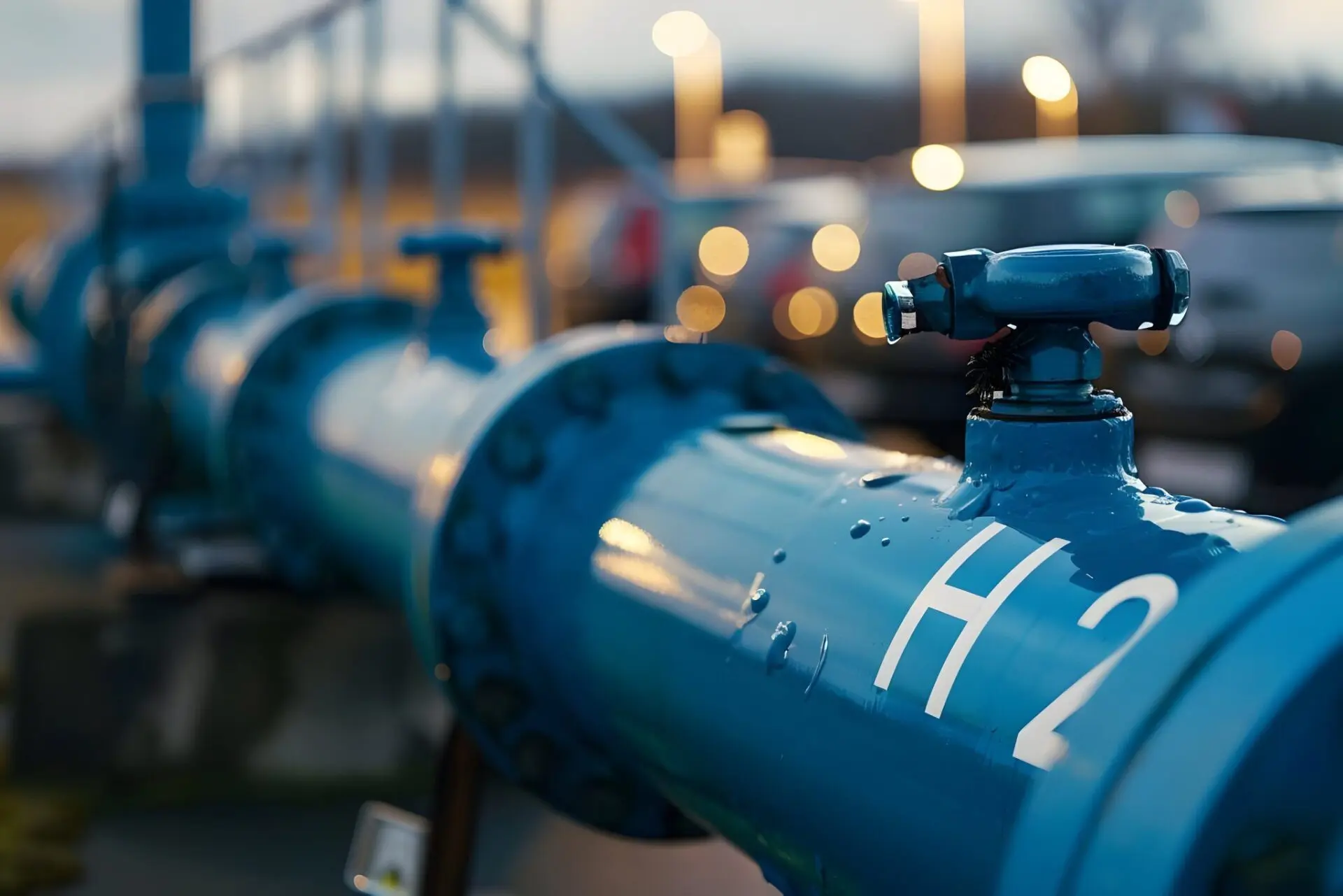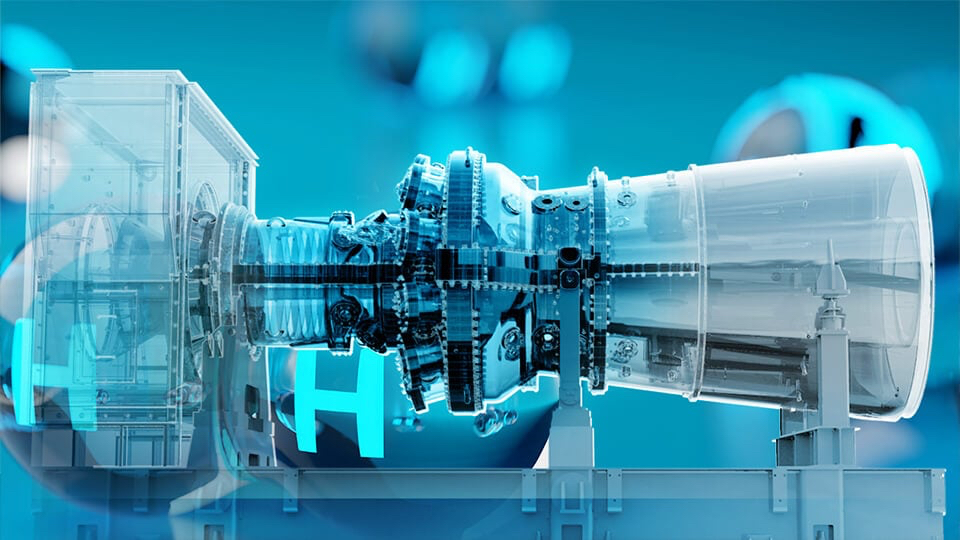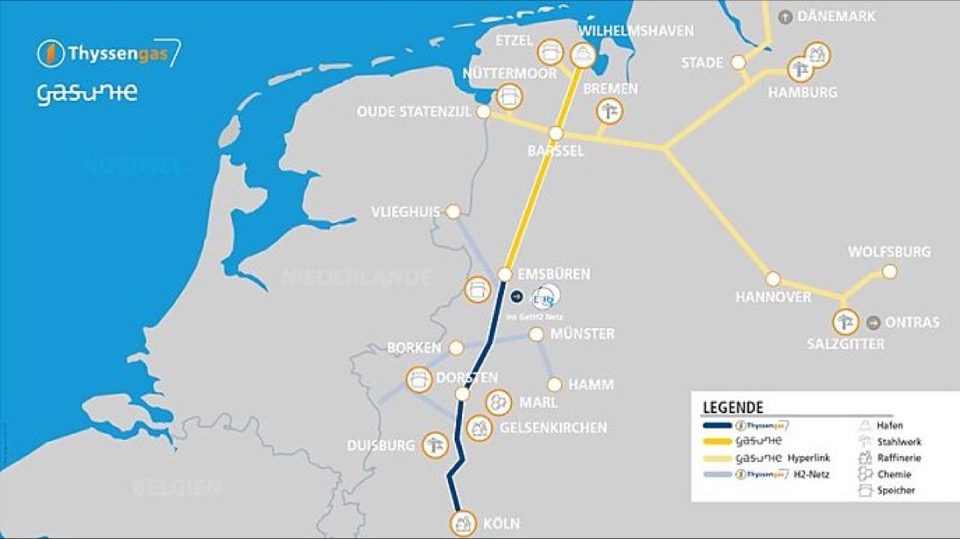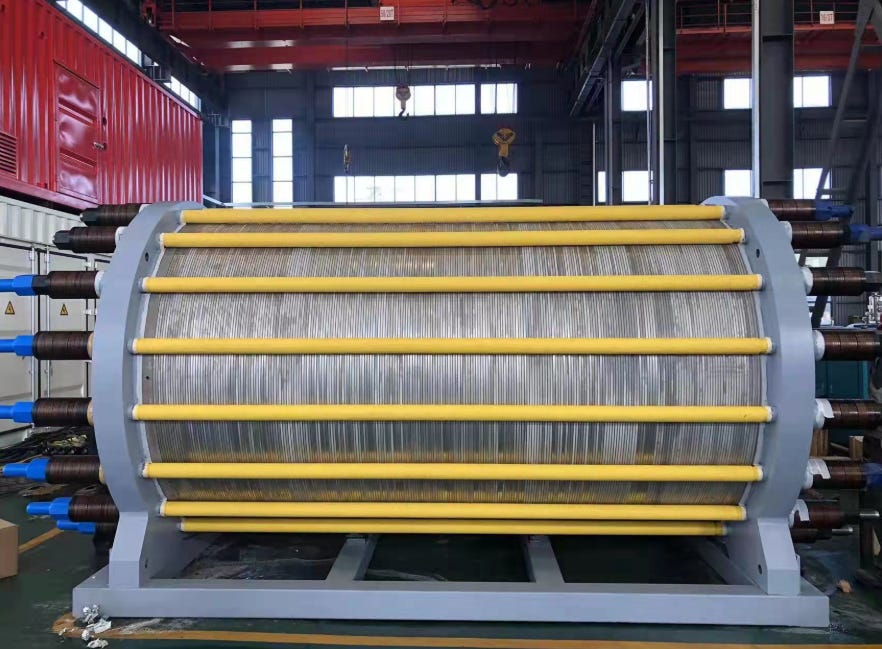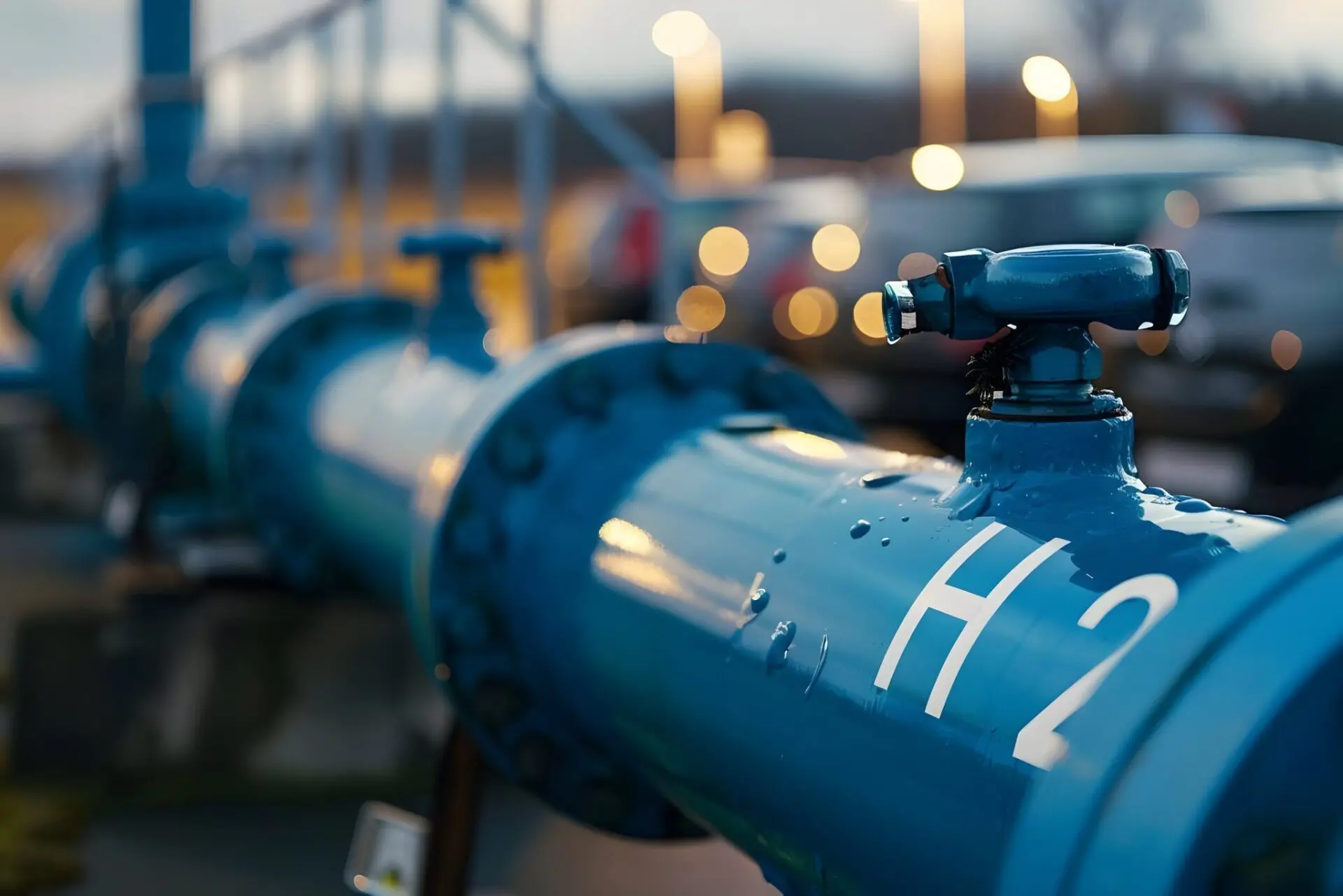
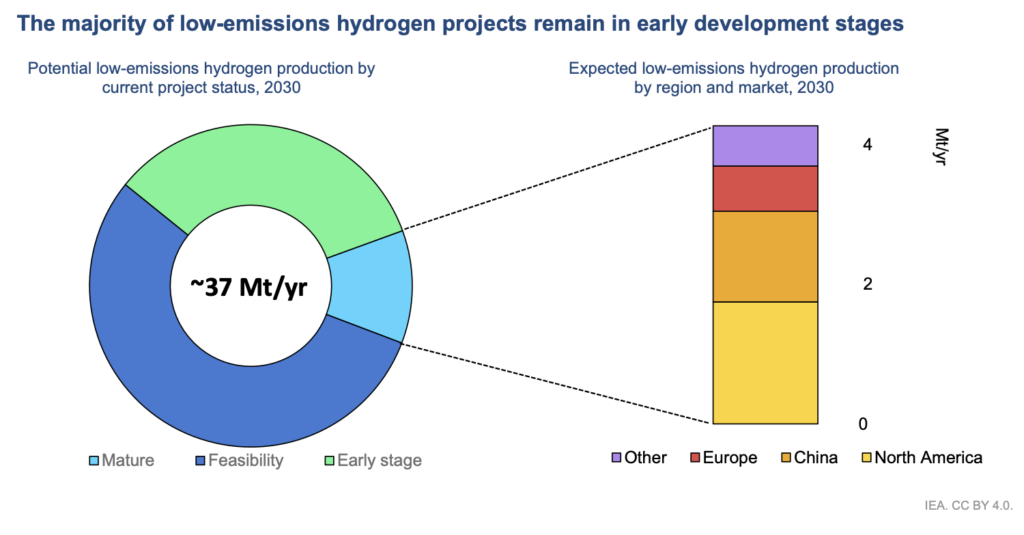
A growing LNG supply wave is expected to keep gas prices lower through 2030 — redefining cost dynamics across the global hydrogen market and its blue-green balance.
The global hydrogen market is entering a new phase as abundant LNG supply keeps gas prices soft through most of the decade. This shift is likely to favour blue hydrogen, which benefits from lower feedstock costs, while adding pressure on green hydrogen producers still constrained by high renewable-power input prices.
Yet the implications are not purely negative. Sustained low gas prices could stimulate ammonia and methanol trade, expanding downstream markets that later transition to low-carbon supply.
Meanwhile, certification systems, carbon pricing, and offtake guarantees are helping preserve investor confidence in renewable hydrogen projects.
Ultimately, fuel prices alone will not determine hydrogen’s trajectory. The outcome will hinge on how fast regulation, financing and technology costs evolve — and whether global policy frameworks can keep clean-hydrogen projects viable amid cheaper gas.
The coming years may test the resilience of hydrogen’s value proposition, but they will also define the contours of a more balanced, interconnected global market.

